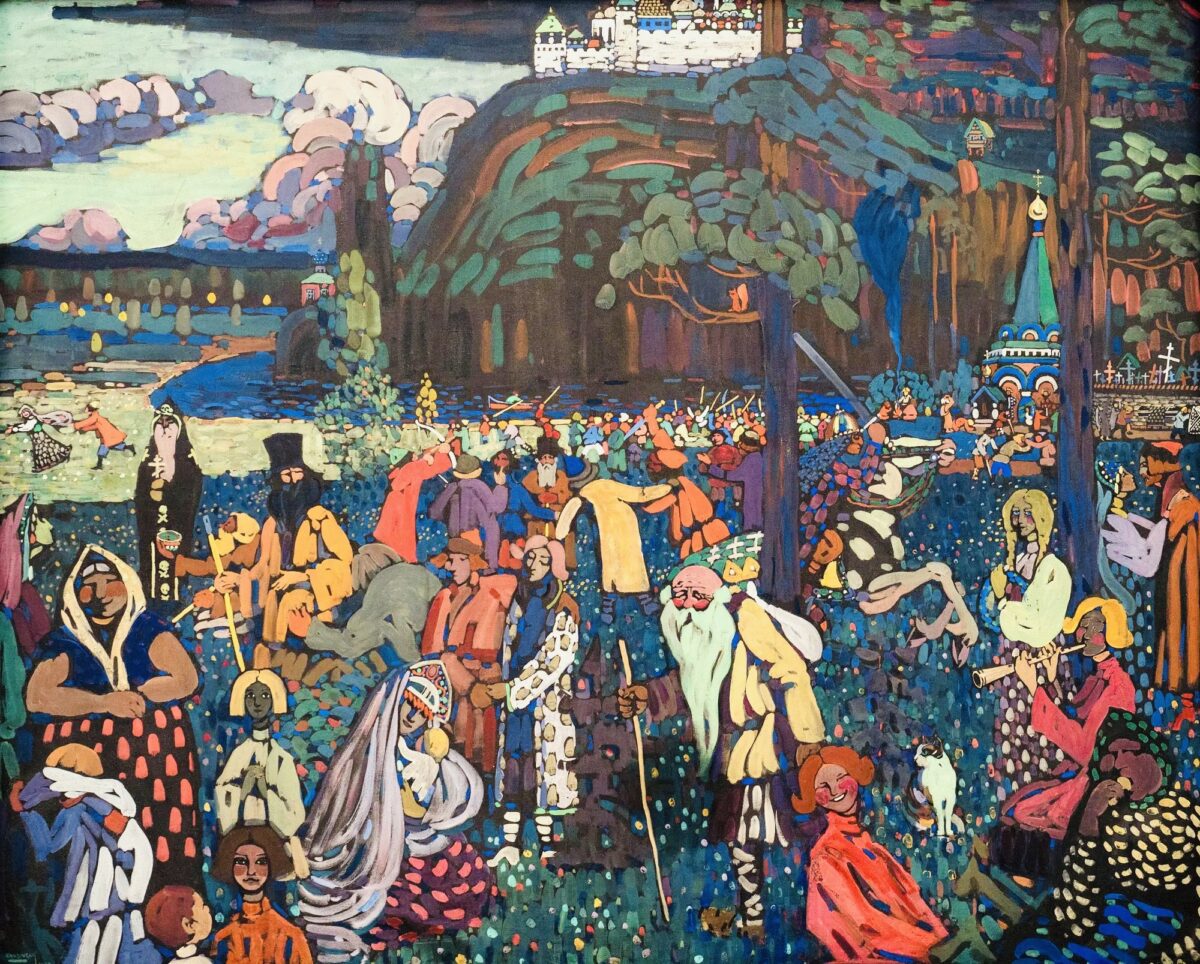Nearly 25 years have elapsed since a seminal conference in Washington dealt with the greatest cultural robbery of the 20th century.
Prior to and during World War II, Nazi Germany went on a systematic rampage, looting paintings, drawings, sculptures, books and religious items from their rightful Jewish owners.
The Nazis forced them to sell these works for ridiculously low prices. In most other cases, they simply grabbed what they coveted. In France, for example, 100,000 works of art were seized during the German occupation.
A few Jewish art collectors managed to leave Europe in the nick of time. The unlucky ones were murdered during the Holocaust.
This ruthless campaign of plunder was conceived by Adolf Hitler, the German chancellor, who had been an aspiring, though mediocre, painter in his youth, and his second-in-command, Hermann Goring, an avid art collector and the commander of the German Air Force.
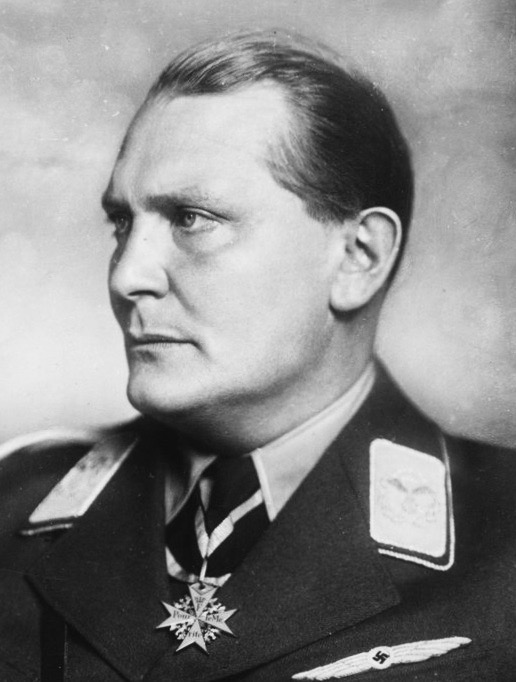
With Germany’s defeat in the war, the United States and its allies established a special army unit to find the stolen booty.
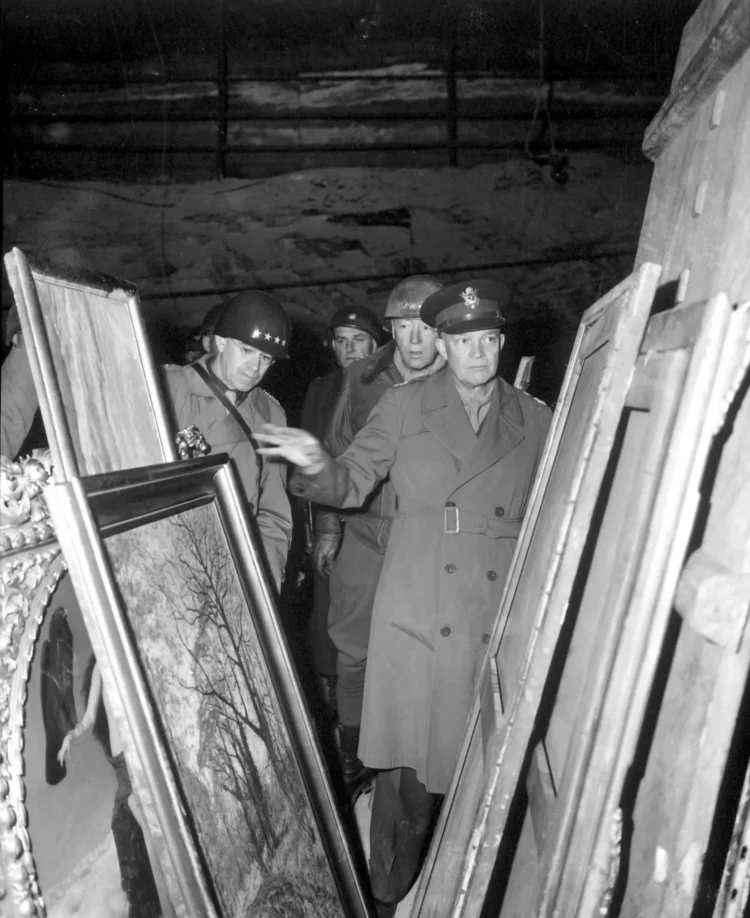
The so-called “monument men,” who were popularized in a 2014 Hollywood movie, recovered a multitude of booty ranging from Leonardo Da Vinci’s painting Lady With An Ermine to the 15th century Ghent Altarpiece, the first major oil painting, which signified the transition from Middle Age to Renaissance art. These priceless pieces were respectively handed back to the Czartoryski Museum in Krakow, Poland, and the St. Bavo’s cathedral in Ghent, Belgium.
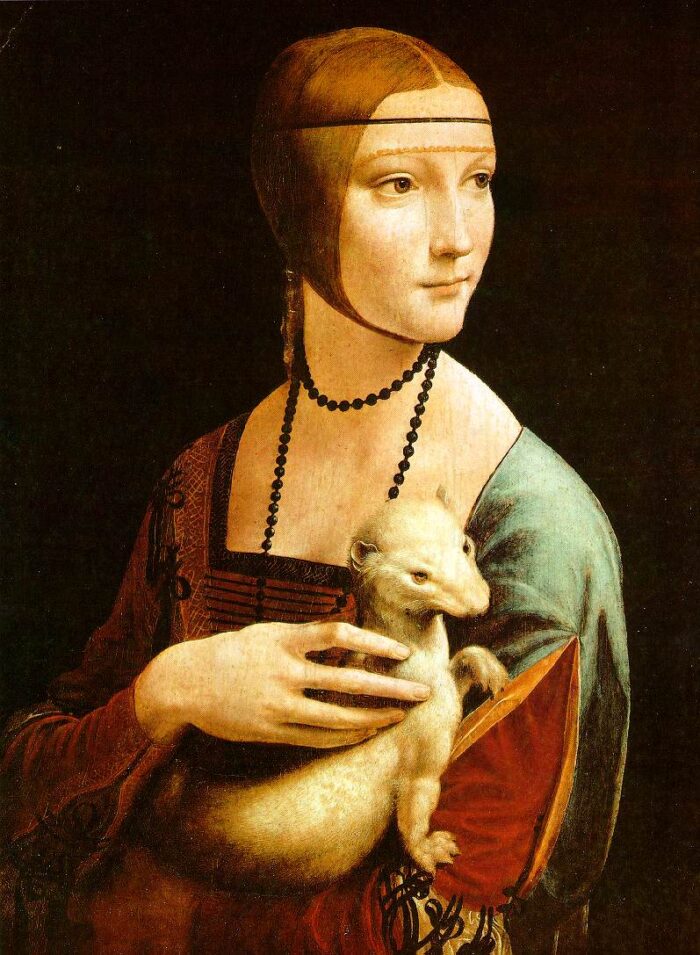
Since they were returned to countries rather than individuals, a major problem arose. How would private collectors or their heirs retrieve their priceless possessions, or, at the very least, be compensated for their enormous losses?
In 1985, European countries began distributing lists of Nazi-confiscated works of art and announced procedures for returning them to their owners and heirs.
Thirteen years later, the United States invited 44 countries and 13 non-governmental organizations to a conference in Washington, D.C. to discuss this burning issue. Its participants were chosen from a 1995 symposium, “The Spoils Of War — World War II And Its Aftermath: The Loss, Reappearance And Recovery of Cultural Property.”
Formally known as the Washington Conference Principles on Nazi-Confiscated Art, but sometimes referred to as the Washington Conference, it was hosted by the U.S. State Department and the United States Holocaust Memorial Museum, and unfolded between November 30 to December 3.

Organized by Stuart Eizenstat, the U.S. under secretary of state for economic, business and agricultural affairs, it was chaired by Abner Mika, a judge. Madeleine Albright, the U.S. Secretary of State, delivered the opening address.
The conference concluded with eight non-binding principles that became the international legal standard for looted art restitution.
These principles were intended to “protect the rights of the current possessor and to offer the victim’s heirs some form of symbolic justice through a negotiated financial settlement,” says Marc Masurevsky, the co-founder of the Holocaust Art Restitution Project, which, along with the Art Loss Register, has compiled databases of missing works.
The terms of the Washington Conference were comprehensive: Nazi-looted art should be identified. Records and archives should be accessible to researchers. Resources and personnel should be made available to facilitate their identification. Every effort should be made to publicize the thefts, and a central registry should be established to that end. Pre-war owners and their heirs should be encouraged to come forward and make their claims. Steps should be taken expeditiously to achieve a fair solution. Nations should develop procedures to implement the principles.
The quest for justice was also hastened by the publication of several books, notably Lynn Nicholas’ The Rape of Europa, and by the decision of major museums, including the Louvre in Paris and the Metropolitan Museum of Art in New York City, to examine the ownership history of their respective collections.
Auction houses such as Christie’s and Sotheby’s emulated their example.
And in 2001, the American Alliance of Museums published guidelines for examining and handling looted art. In 2003, the Boston Museum of Fine Arts hired the U.S.’ first curator to focus on provenance research.
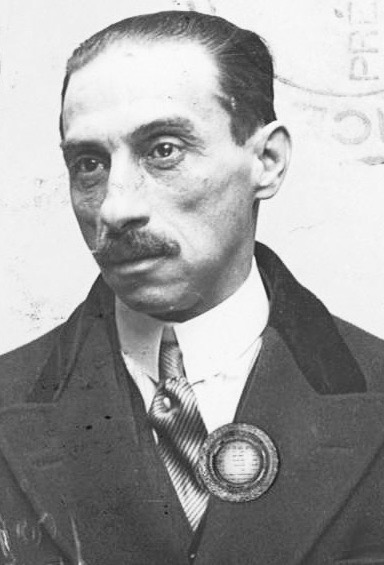
Buoyed by these developments, the heirs of Paul Rosenberg — a major French art dealer who had represented Henri Matisse and Pablo Picasso — sued the Seattle Art Museum to reclaim a Matisse painting the Nazis had forcibly removed. By 2013, the Rosenbergs had recovered most of their paintings. Subsequently, they retrieved still more paintings from Cornelius Gurlitt, the son of a Nazi-era art dealer.
In 2006, Maria Altmann succeeded in reclaiming her Austrian family’s paintings, including Gustav Klimt’s Portrait of Adele, which was later purchased for $135 million by the cosmetics mogul Ronald Lauder. In 2019, Berlin’s Gemäldegalerie returned two 15th century panels by the Italian artist Giovanni di Paolo to the heirs of Harry Fuld, an entrepreneur whose company produced and sold telephones.
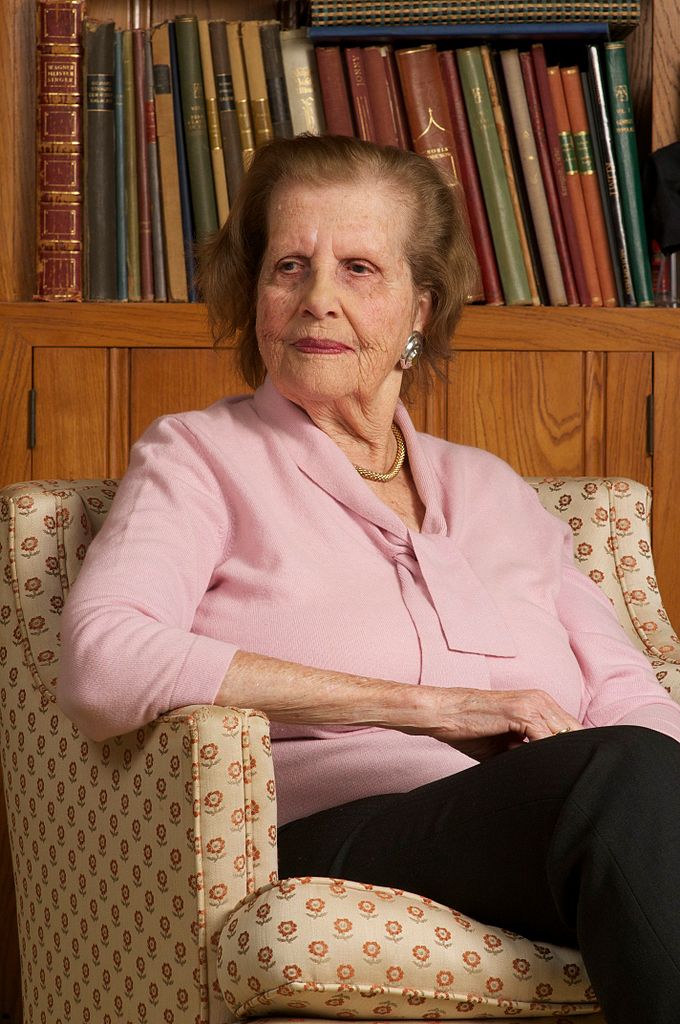
In 2020, Germany returned three works stolen during the Nazi occupation of France to descendants of their original owner, the Jewish lawyer Armand Dorville.
Last year, Flowers, a still life by the German painter Lovis Corinth which had been acquired by Brussels’ Royal Museums of Fine Arts, was returned to the descendants of Gustav and Emma Mayer.
Last September, a Dutch restitution committee ruled that View of Murnau with Church — a Wassily Kandinsky painting that had been seized from the family of Johanna Margarethe Stern Lippmann but that had been bought by the city of Eindhoven in 1951 — should be returned to the Lippmanns.
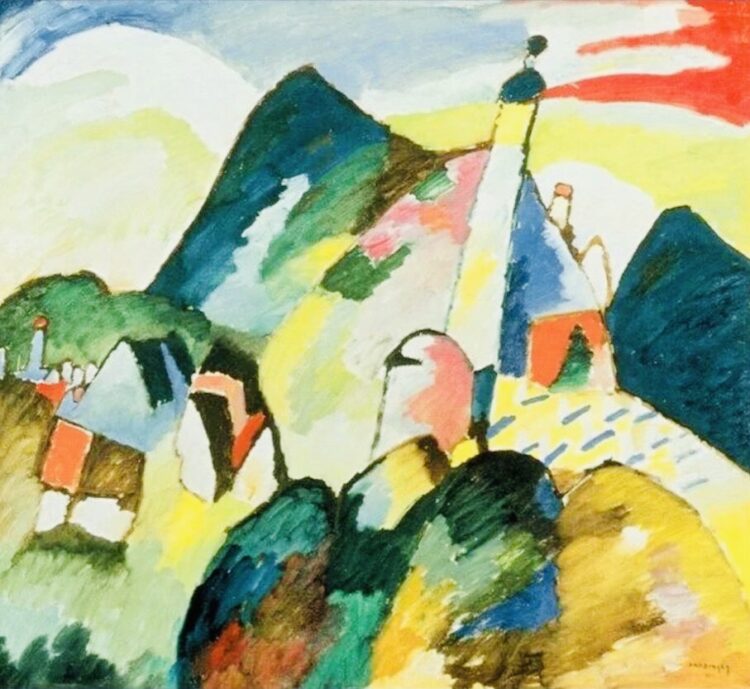
Recently, a government advisory panel in Germany recommended that Kandinsky’s painting, Colorful Life, which had been loaned to a museum in Munich by a Bavarian bank, should be returned to the heirs of Emanuel Albert Lewenstein and his wife, Hedwig Lewenstein Weyermann. On July 24, the bank announced that it would return Colorful Life to the heirs of the late couple.
In the past few weeks, there has been further progress in righting old wrongs.
On September 14, the U.S. government seized three works by the Austrian expressionist Egon Schiele sought by the heirs of Jewish collectors. They had been exhibited in the Art Institute of Chicago, the Carnegie Museums of Pittsburgh, and the Allen Memorial Art Museum at Oberlin College in Ohio.

Several days later, seven paintings by Schiele, which had been owned by a Viennese cabaret performer named Fritz Grunbaum, were returned to his heirs in the United States.
On September 22, three museums in Croatia returned paintings and lithographs by Picasso, Pierre-August Renoir and Paul Cezanne which had been seized from a Jewish businessman in Zagreb. They were returned to his grandson.
It is clear that the Washington principles have had an impact on the recovery of Nazi-looted art. But the battle for justice is far from over.
Tens of thousands of Jewish-owned art works have yet to be found, as the Claims Conference on Jewish Material Claims Against Germany (the Claims Conference) and the World Jewish Congress announced in 2014. At least 2,000 are missing in France.
These organizations contend that two-thirds of the countries that attended the Washington Conference have done “little or nothing” to implement its principles.
There is still work to be done to correct this injustice.
Recently, the Ministry of Culture in France enacted a law that expedites the restitution of Jewish-owned works.
Gideon Taylor, the president of the World Jewish Restitution Organization, hailed this move: “This law holds the promise of rectifying historical injustices and signifies the commitment of the French government to address the restitution of Jewish-owned paintings, books and religious items that were unjustly confiscated during the Holocaust and its aftermath and are currently held in French custody.
“With this important step, it is our hope that these cultural treasures will be rightfully returned to their original owners or their descendants, ending the prolonged wait for justice that Holocaust survivors and their families have endured.”
